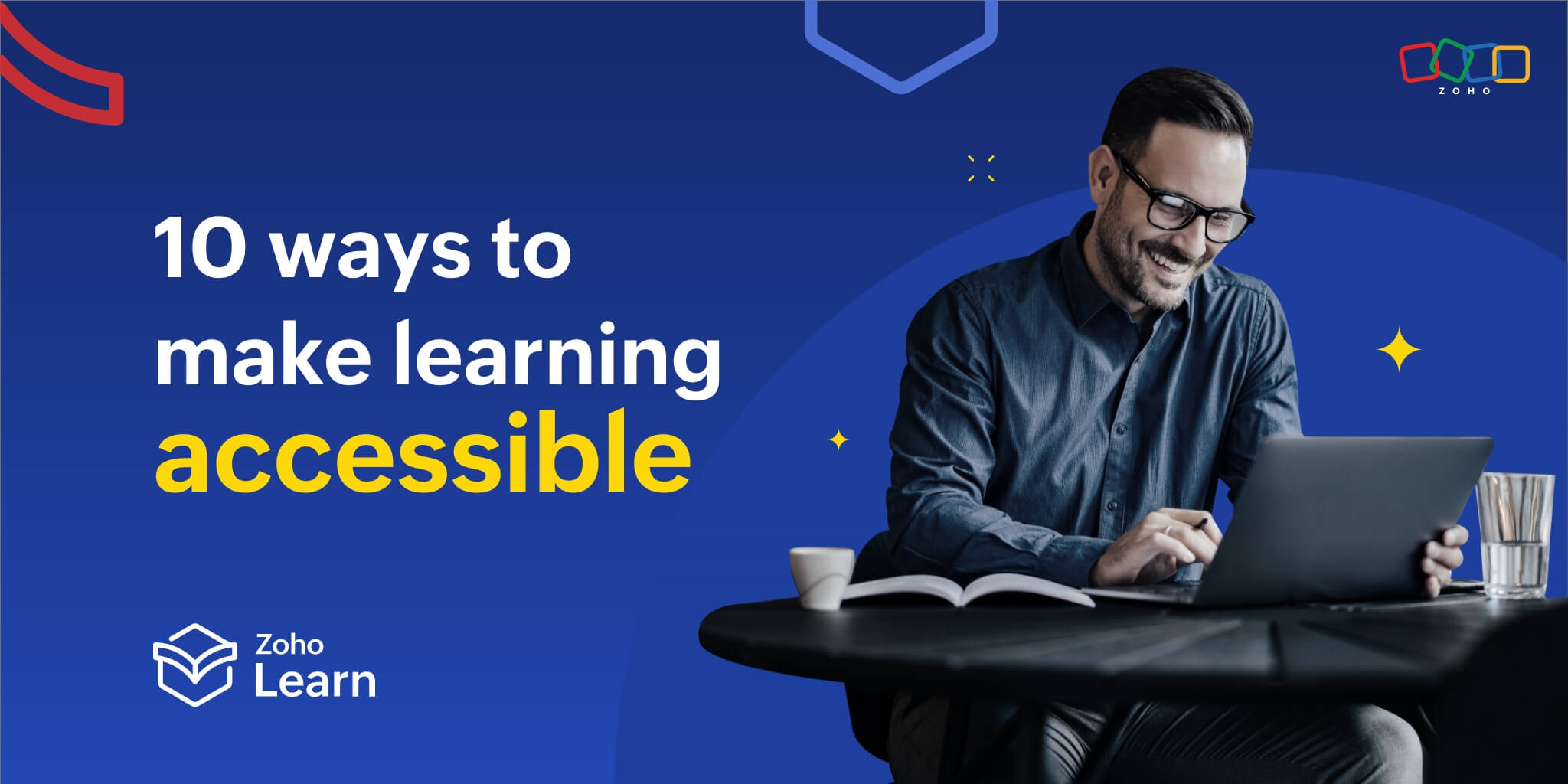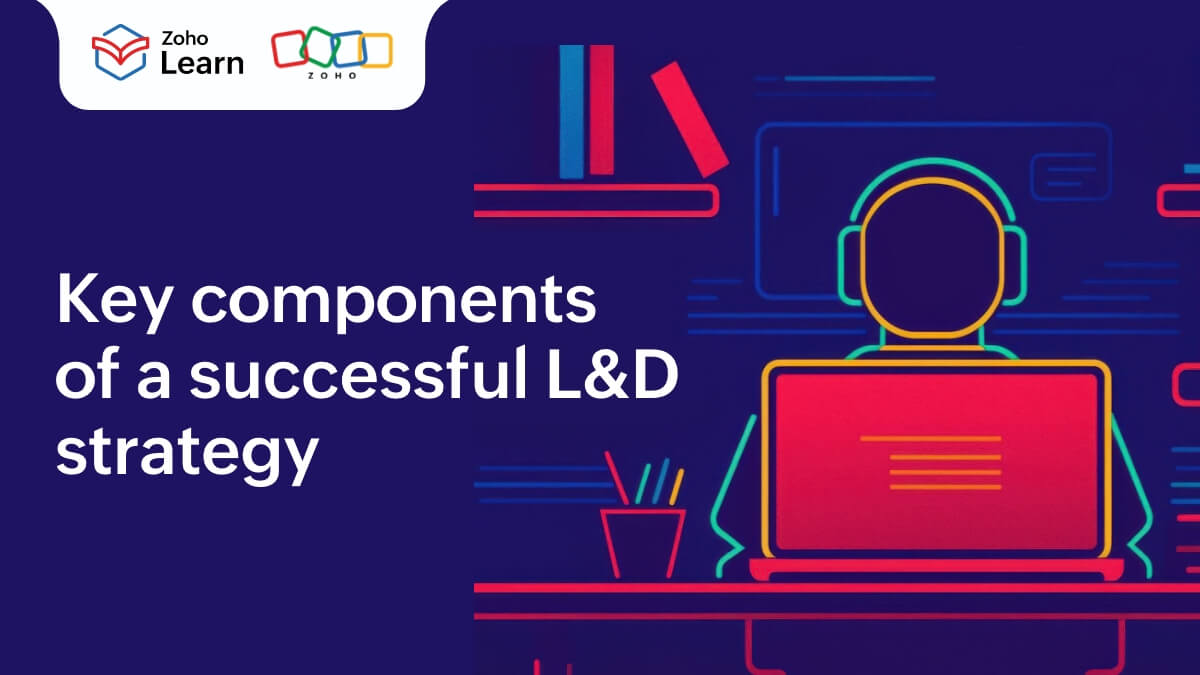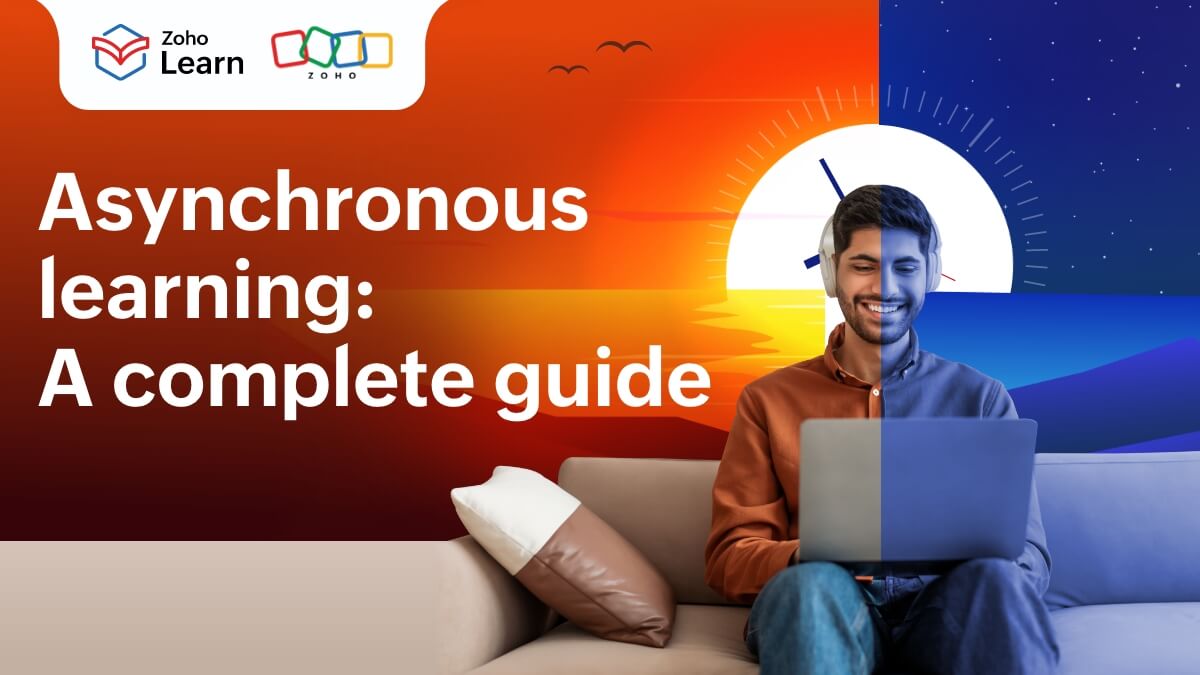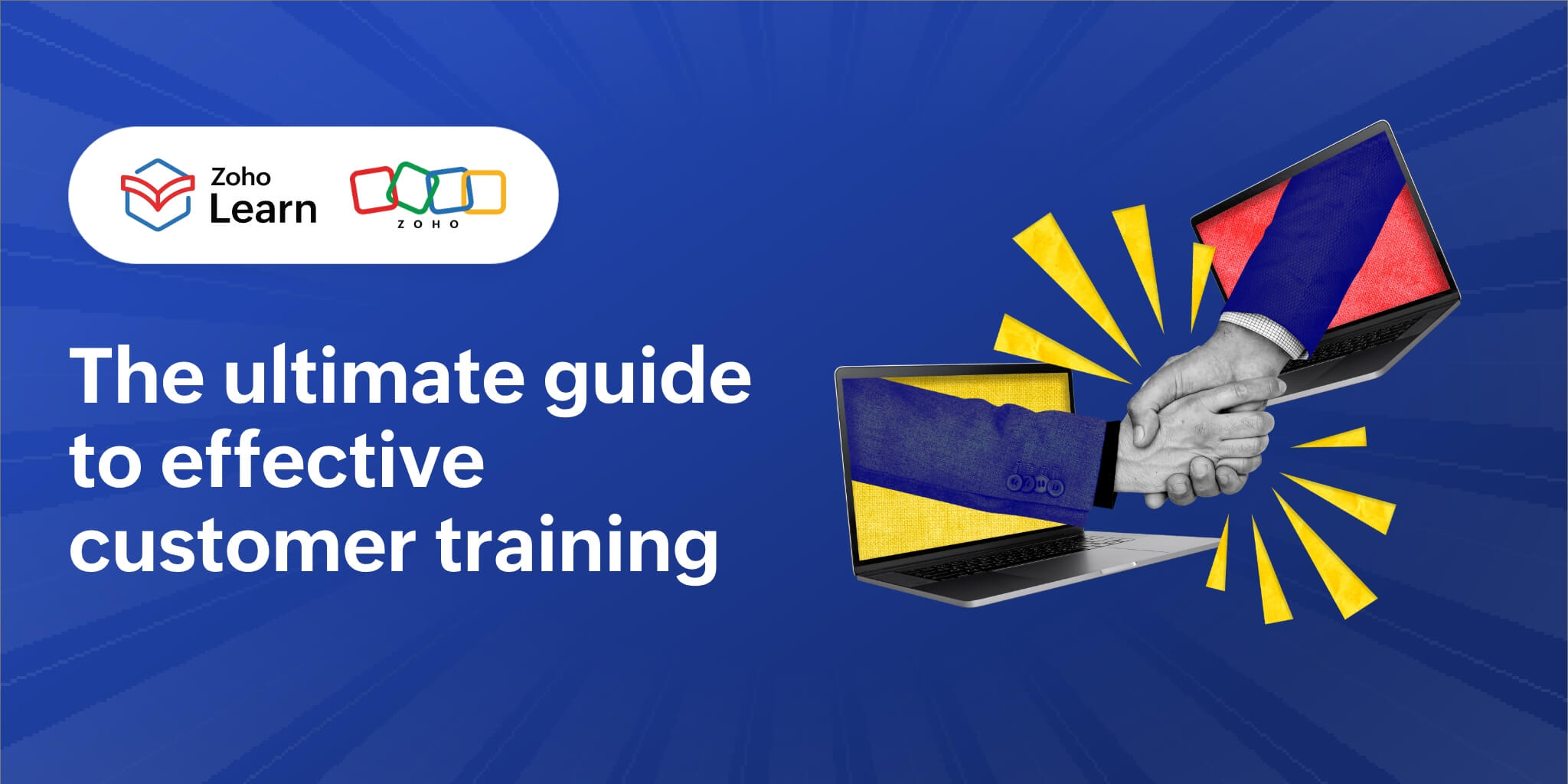10 ways to make learning accessible
- Last Updated : September 24, 2024
- 118 Views
- 3 Min Read

Research shows that more than 1 in 4 adults have some type of disability in the United States. This impacts their everyday lives in many ways, including their employee learning experience. It is the need of the hour to make learning accessible and suitable for everyone.
Here are the top 10 ways to make learning accessible for everyone in your organization:
Choose online training over traditional methods. Switching from traditional training programs to online training courses makes the experience comfortable for learners with physical and cognitive disparities because they can undergo training from the comfort of their own space.
Provide training in multiple formats. Create training courses with a mix of texts, audios, images, and videos as they cater to people with different learning styles. For example, offering audio versions of written texts for auditory learners and short videos with important information for visual readers will make their reading experience seamless.
Consider the readability of the learners. Consider the needs of people with disabilities right from the designing stage. Use the correct levels of headings and ensure proper contrast between visual elements and the text to enhance the readability of the learners.
Provide captions and transcriptions. Videos are one of the most preferable methods of learning. To cater to a wide range of learners, provide subtitles and transcriptions for videos because they not only break language barriers but also aid the learning experience of people with hearing and visual impairments.
Include alt-text descriptions for images. Make sure that all images have alt-text descriptions. By incorporating this, visually impaired learners won't miss out on important information as the alt-texts in images are read aloud by screen readers.
Incorporate voiceover presentations. Presentations are one of the common ways to communicate information to the learners, but they're not adaptive to all kinds of learners. Ensure that there are recorded voiceovers that support the entire presentation.
Ensure compatibility with assistive technologies. Assistive technologies such as screen readers, text-to-speech software, speech-to-text software, closed captions, braille displays, and adaptive keyboards make learning possible for a wide range of people with disabilities. Ensure that your learning platform is compatible with such technologies.
Offer variety and flexibility in assessments. Taking assessments might be a challenging experience for people with different physical and cognitive disabilities. Offering a variety of assessments, from time-bound quizzes to video/audio/presentation submissions in the learners' preferred time and location can make the experience much simpler.
Conduct regular check-ins for instructors and designers. It is important that the course instructors and designers understand these disabilities and are constantly working towards preparing course materials that are accessible for all. This can be achieved by having regular check-ins with them.
Consider the learners' feedback. Seek out feedback from learners and make improvements they suggest because people with disabilities know the in-depth extent of their learning struggles. The best way to make learning accessible is by implementing their feedback.
Wrapping up
To reach a wide range of learners with different learning styles and requirements, it is important to integrate accessible learning techniques in your training programs. Understand the best ways to make learning accessible, create inclusive training courses, tap into everyone's potential, and lead your organization to success.
 Kirthana V
Kirthana VA true believer of "The pen is mightier than the sword", Kirthana is a literature lover turned content writer.
With a background in Economics and English, she hopes to bring her analytical and creative side together to deliver authentic pieces of work.










